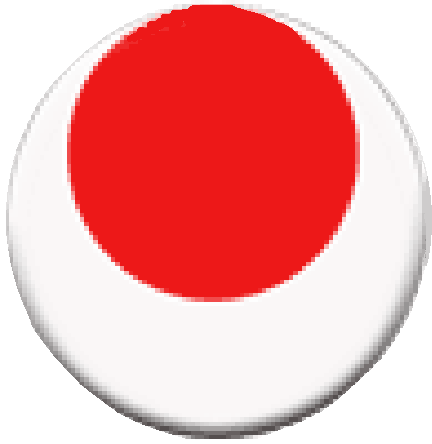

| Kihon | Kata | Kumite | Syllabus | Tournament R & R | |||
|
|
Kihon
(Fundamentals) |
|
||||
| In Karate-do the body (Karada) is divided into three levels -Upper level (Joudan) Middle level (Chudan) and Lower level (Gedan). All the techniques (waza) are prefixed with either of these three levels, denoting the area of attack, defence and counter attack. The focus of both defence and attacks is to the weak points of the body. Should the human body be seen from the front or the back and a vertical axis be drawn along the centre, it would be noticed that most of the weak points would be clustered around this line. Similarly when seen from the sides should another axis be drawn along the vertical axis similar to the earlier one the weak points would again be seen clustered along along the axis. Ancient Chinese texts suggest that there are 36 vital points and thier relationship to a number of physiological functions. Studies done by ancient physicians suggest that these points were linked by a specific route that lead to organ dysfunction. This route came to be known as a meridian. Ancients physicians treated these points for recovery of patients and martial artists studied them for their own purposes. |
| What
is Karate Kihon? The Fundamentals of Karate consist of the various stances (dachi), movement (ido)in these stances and the correct execution of the basic technique(waza). The correct posture Posture Shisei while in the stance. The use of focus (Kime)while execting techniques. Ido Kihon mean fundamentals executed while moving, Kihon waza for beginners is simple and until the novice completely masters the movement more complex techniques are not taught, Senior levels of trainees are also taught Jiyu Kihon or techniques executed whilst moving at one's own pace time and stance. These techniques are normally used in tournaments. |
Making of the fist
|
| Waza | |||
| Waza or Techniques are the tools by which the karateka uses the various parts of the body to attack or defend himself or herself. All Karate techniques can be broadly divided into 4 types : The enumerated techniques are the basics taught to novices. | |||
| Blocking | Punching | Striking | Kicking |
1) Uke (Blocking) : |
2) Zuki
(Punching) a) Choku-Zuki (Straight punch) b) Ura-Zuki (Close punch) c) Tate Zuki (Hammer punch) c) Kagi-Zuki (Hook punch) d) Age-Zuki (Rising punch) e) Nukite-Zuki (Spear hand punch) f)etc |
3) Uchi (Striking) a) Uraken-Uchi (Back-fist strike) b) Enpi-Uchi (Elbow strike) c) Shuto-Uchi (Swordhand strike) d) Tetsui-Uchi (Iron hammer strike) e) Haito-Uchi (Ridge hand strike) f) etc. |
4) Keri (Kicking) a) Mae-Geri (Front kick) b) Yoko-Geri (Side kick) c) Mawashi-Geri (Round house kick) d) Ushiro-Geri (Back kick) e) Mikazuki-Geri (Arched kick) f) etc. |



